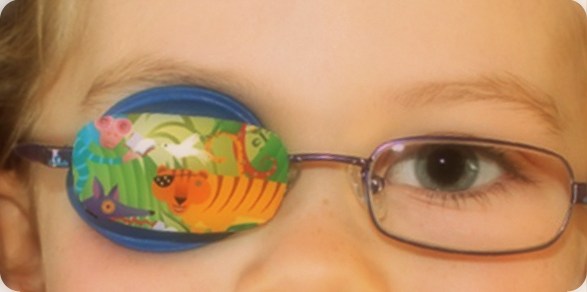The brain and the eyes work together to produce vision. The eye focuses light on the back part of the eye known as the retina. Cells of the retina then trigger nerve signals that travel along the optic nerves to the brain. Amblyopia is the medical term used when the vision of one eye is reduced because it fails to work properly with the brain. The eye itself looks normal, but for various reasons the brain favors the other eye. This condition is also sometimes called lazy eye. Amblyopia is the most common cause of visual impairment among children, affecting approximately 2 to 3 out of every 100 children. Unless it is successfully treated in early childhood, amblyopia usually persists into adulthood. It is also the most common cause of monocular (one eye) visual impairment among young and middle-aged adults.
Cause
Amblyopia can result from any condition that prevents the eye from focusing clearly. Amblyopia can be caused by the misalignment of the two eyes—a condition called strabismusOccasionally, amblyopia is caused by a clouding of the front part of the eye, a condition called cataract. A common cause of amblyopia is the inability of one eye to focus as well as the other one. Amblyopia can occur when one eye is more nearsighted, more farsighted, or has more astigmatism. These terms refer to the ability of the eye to focus light on the retina
Treatment
Treating amblyopia involves forcing the child to use the eye with weaker vision.
Patching
An adhesive patch is worn over the stronger eye for weeks to months. This therapy forces the child to use the eye with amblyopia. Patching stimulates vision in the weaker eye and helps parts of the brain involved in vision develop more completely.
Can amblyopia be treated in adults?
During the first seven to ten years of life, the visual system develops rapidly. Important connections between the eye and the brain are created during this period of growth and development.















